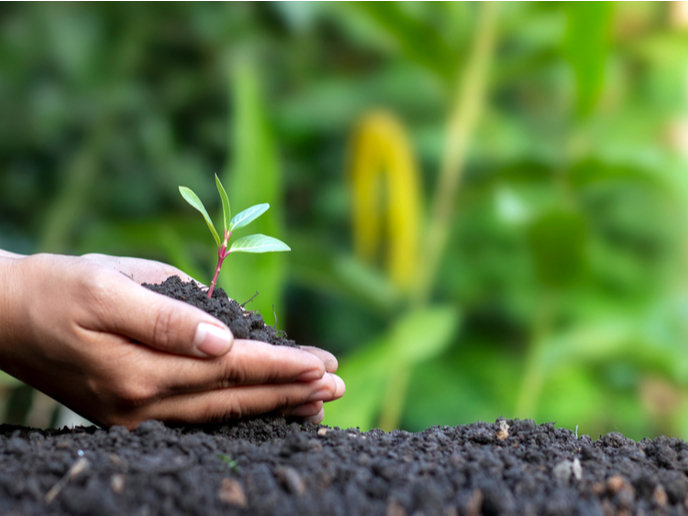Reinforcing water and food safety against toxic cyanobacteria
Microorganisms are important components of marine and freshwater ecosystems but some, like cyanobacteria (formerly known as blue-green algae) produce potent toxins . Cyanobacteria are the primary sources of harmful algal blooms (HABs) in freshwaters with tremendous impact on water quality and human health. Growth of cyanobacterial HABs (cyanoHABs) is facilitated by excessive water nutrient content (eutrophication), which is exacerbated by climate change and increasing environmental pollution due to human activity. Simultaneously, climate change and pollution are reducing the availability of clean water. As a result, water contaminated with cyanotoxins is often used for human consumption and agricultural irrigation, jeopardising human health. With the support of the Marie Skłodowska-Curie Actions programme, the TOXICROP project addressed important knowledge gaps regarding cyanotoxins in irrigation waters and their impact on agriculture and food safety while developing remediation approaches.
Real-world multiregional data on cyanotoxin water contamination
Previous studies on the contamination of plant-based foods by water containing cyanotoxins were primarily conducted in lab settings where scenarios were significantly simplified. “These studies were essential in establishing a foundational understanding of the consequences of these contaminants on crop development and productivity (yield losses) and the transfer of contaminants to plants (food quality),” notes project coordinator Alexandre Campos of the Interdisciplinary Centre of Marine and Environmental Research (CIIMAR) at the University of Porto. TOXICROP built on these foundations with the help of European participants and partners from Colombia, Cuba, Egypt, Morocco and Peru. The team analysed irrigation waters from various countries, regions and sources, performing both field and laboratory studies. Importantly, TOXICROP mapped cyanobacteria contamination in scarcely studied, isolated regions in Egypt and Peru. Overall, the project enhanced understanding of the risks associated with the use of cyanobacteria-contaminated waters in agriculture around the globe while reinforcing existing concerns on food safety.
Nature-based solutions for cyanotoxin-contaminated water remediation
Beyond this, TOXICROP developed low-cost technologies for water treatment and removal of cyanobacteria contaminants, which is of fundamental importance going forward. “Nature-based solutions proved to be very effective in reducing cyanobacteria contamination. These included multi-soil-layering and constructed wetlands, solutions that make use of natural physical and biochemical processes. The former is a soil-based infiltration-percolation method while the latter is an engineered water filtration approach combining wetland vegetation, soils and their associated microbial assemblages,” says Campos.
Global cooperation on a growing global threat
As an MSCA project with third-country participants, TOXICROP overcame challenges related to visas, language and communication, and cultural differences. This was both personally and scientifically rewarding, Campos notes. The project played a crucial role in the training and education of researchers as well as in fostering international scientific cooperation. “TOXICROP has helped to clarify the impact of cyanoHABs on human health and the environment. The new data will support formulation of updated guidelines regarding cyanotoxin levels in irrigation waters. Furthermore, our simple, natural, cost-effective water treatment technologies are particularly relevant in vulnerable regions without access to conventional water treatment technologies,” concludes Campos. TOXICROP produced 36 peer-reviewed articles that will support stakeholders in the future. The project has made a significant contribution towards fulfilling society’s needs for clean, high-quality water for human consumption and agricultural use in the face of the growing threat of cyanoHABs.
Keywords
TOXICROP, cyanobacteria, irrigation, cyanotoxins, harmful algal blooms, agriculture, food safety, nature-based solutions, cyanoHABs, eutrophication, remediation







